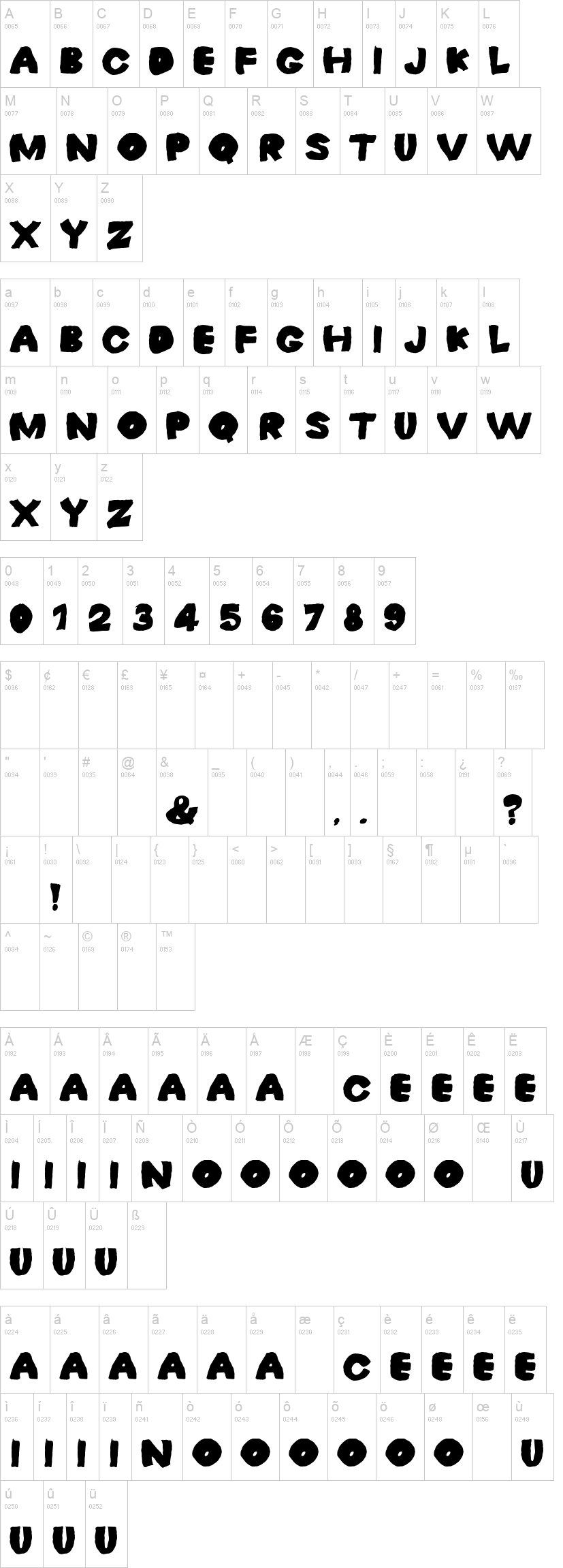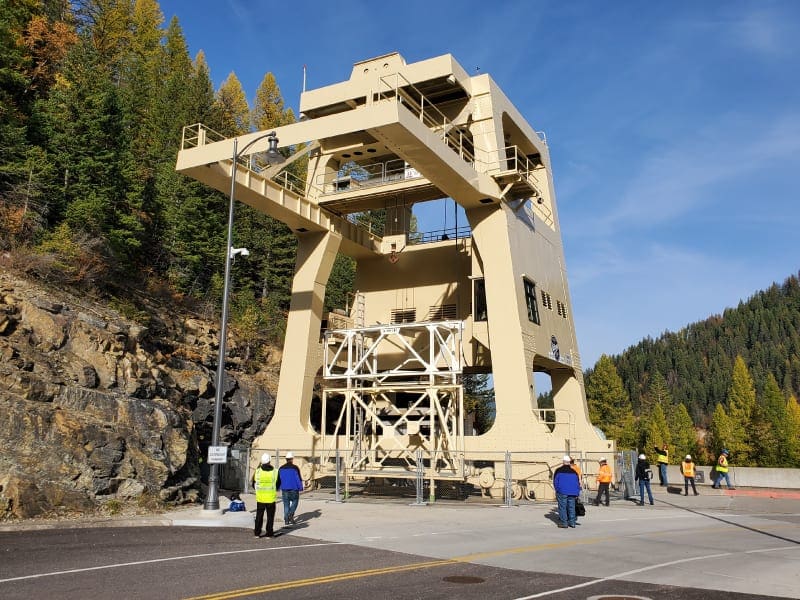Temporary Replacement 3 Hungry Link: Your Ultimate Guide
Have you ever found yourself stuck with a broken link or missing connection? Well, buckle up because today we’re diving deep into the world of temporary replacement solutions for those pesky hungry links. Whether you’re a tech enthusiast or just someone trying to keep their digital life running smoothly, this guide has got your back. We’ll break it all down so you can understand what temporary replacements are, how they work, and why they matter.
Let’s face it—links are the backbone of the internet. They connect us to everything we need, from important documents to funny cat videos. But what happens when one of those links goes kaput? That’s where temporary replacement 3 hungry link comes in. It’s like having a spare tire for your car—you might not use it often, but when you do, it’s a lifesaver.
So, whether you’re here because you’re troubleshooting an issue or simply curious about how things work, you’re in the right place. This article is packed with actionable tips, expert insights, and everything you need to know about temporary replacement solutions. Let’s get started!
Read also:Frank Nitti The Untold Story Of Chicagos Infamous Mobster
What Exactly Is a Temporary Replacement 3 Hungry Link?
Think of a temporary replacement as a Band-Aid for your broken links. It’s a quick fix that keeps things running until you can sort out the bigger problem. In the digital world, hungry links often refer to links that aren’t working properly or are missing crucial information. A temporary replacement ensures that users don’t hit a dead end when clicking on these links.
For example, imagine you’re visiting a website, and a link you click takes you nowhere. Frustrating, right? With a temporary replacement, instead of seeing an error page, you’d see a placeholder or redirect that keeps the experience smooth and seamless. This is especially important for businesses and content creators who rely on user engagement.
Why Are Temporary Replacements Important?
Here’s the deal: broken links can ruin user experience faster than you can say “404 error.” Temporary replacements act as safety nets, ensuring that visitors don’t leave your site out of frustration. They help maintain trust, improve SEO rankings, and keep your digital ecosystem running like a well-oiled machine.
Let’s break it down:
- They prevent user frustration by offering alternative paths.
- They boost SEO by reducing bounce rates and improving site performance.
- They enhance credibility by showing that you care about user experience.
How Do Temporary Replacements Work?
Temporary replacements are typically implemented using redirects, placeholders, or fallback content. Here’s how it works:
When a user clicks on a broken link, the system detects the issue and triggers the temporary replacement. This could be a simple message saying, “Oops, this link isn’t working, but here’s something else you might like,” or it could be a more sophisticated redirect to a related page.
Read also:Unblocked Sex Games
Types of Temporary Replacements
There are several types of temporary replacements you can use, depending on your needs:
- 302 Redirects: These are temporary redirects that tell search engines the page has moved temporarily.
- Custom Error Pages: These are designed to provide users with helpful information when a link is broken.
- Fallback Content: This could be an image, video, or text that appears when the main content isn’t available.
Benefits of Using Temporary Replacements
Using temporary replacements isn’t just about fixing broken links—it’s about enhancing the overall user experience. Here are some of the key benefits:
First off, temporary replacements help reduce bounce rates. When users encounter a broken link, they’re more likely to leave your site. By offering a temporary solution, you keep them engaged and encourage them to explore further.
Additionally, temporary replacements can improve your SEO. Search engines favor sites that provide a smooth user experience, and having a system in place to handle broken links shows that you’re proactive about maintaining your site.
Who Can Benefit from Temporary Replacements?
Anyone who manages a website can benefit from temporary replacements. Whether you’re a small business owner, a blogger, or a large corporation, having a plan for handling broken links is essential. It’s like having insurance for your digital presence.
Common Challenges with Temporary Replacements
While temporary replacements are incredibly useful, they do come with their own set of challenges. One of the biggest issues is ensuring that the replacement is relevant and helpful to users. If the temporary content isn’t aligned with the original link, it can confuse or frustrate visitors.
Another challenge is maintaining consistency across your site. If you have multiple broken links, each requiring a different temporary replacement, it can become overwhelming to manage. That’s why it’s important to have a strategy in place for identifying and addressing broken links.
Best Practices for Implementing Temporary Replacements
Here are some best practices to keep in mind when implementing temporary replacements:
- Regularly audit your site for broken links.
- Use tools like Google Search Console to identify issues.
- Create a library of fallback content that aligns with your site’s theme.
- Test your temporary replacements to ensure they work as intended.
Case Studies: Real-World Examples of Temporary Replacements
Let’s take a look at some real-world examples of how temporary replacements have been used successfully. One notable case is a major e-commerce platform that implemented custom error pages for broken product links. Instead of showing a generic 404 page, they redirected users to similar products, resulting in increased sales and improved user satisfaction.
Another example is a news website that used temporary replacements during major events. When certain articles became unavailable due to high traffic, they displayed a message explaining the situation and offered related content for users to explore.
Lessons Learned from These Examples
The key takeaway from these case studies is that temporary replacements should be strategic and user-focused. By providing value even when things go wrong, you can turn potential negatives into positives.
Tools and Resources for Managing Temporary Replacements
If you’re looking to implement temporary replacements on your site, there are several tools and resources available to help. Here are a few worth checking out:
- Google Search Console: Helps identify broken links and provides insights into site performance.
- Dead Link Checker: A tool for finding and fixing broken links across your site.
- Redirect Checker: Ensures that your redirects are working correctly.
Using these tools can save you time and effort while ensuring that your temporary replacements are effective.
Future Trends in Temporary Replacement Technology
As technology continues to evolve, so too will the methods for handling broken links. One exciting development is the use of AI to automatically detect and fix broken links in real-time. This could revolutionize the way we manage temporary replacements, making the process faster and more efficient.
Another trend is the increasing importance of mobile optimization. With more users accessing the internet via mobile devices, ensuring that temporary replacements work seamlessly on all platforms is crucial.
How to Stay Ahead of the Curve
To stay ahead of the curve, keep an eye on industry trends and be open to adopting new technologies. Regularly update your knowledge and skills, and don’t be afraid to experiment with different approaches.
Conclusion: Take Action Today
We’ve covered a lot of ground in this article, from understanding what temporary replacements are to exploring real-world examples and future trends. The key takeaway is that temporary replacements are an essential part of maintaining a healthy digital presence. By implementing them effectively, you can improve user experience, boost SEO, and enhance your site’s credibility.
So, what’s next? Take action today by auditing your site for broken links and setting up a system for handling them. Share this article with your network, leave a comment with your thoughts, and explore more resources on our site. Together, let’s make the internet a smoother, more connected place!
Table of Contents
- What Exactly Is a Temporary Replacement 3 Hungry Link?
- Why Are Temporary Replacements Important?
- How Do Temporary Replacements Work?
- Types of Temporary Replacements
- Benefits of Using Temporary Replacements
- Who Can Benefit from Temporary Replacements?
- Common Challenges with Temporary Replacements
- Best Practices for Implementing Temporary Replacements
- Case Studies: Real-World Examples of Temporary Replacements
- Tools and Resources for Managing Temporary Replacements
- Future Trends in Temporary Replacement Technology


